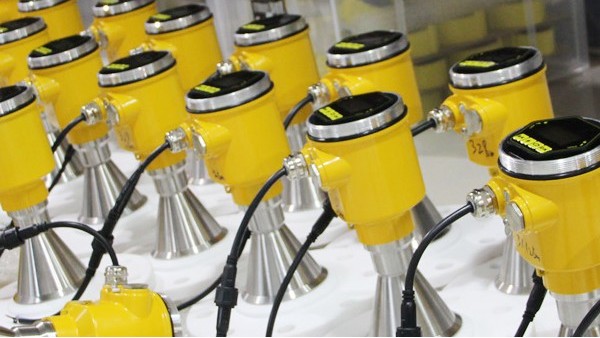In modern industrial production, level measurement is a crucial task. Among them, radar level meters have received widespread attention for their high accuracy, non-contact measurement and wide range of applications.
Among the radar level meters, the four-wire radar level meter is a special type, which adopts the working principle of four-wire system, compared with the two-wire system has significant advantages and some disadvantages.
This article will introduce the principle of four-wire radar level meter and its advantages and disadvantages relative to the two-wire system.

First of all, we need to understand what is the four-wire system. In radar level meters, the wiring system refers to the number of signal wires. A two-wire radar level meter has only two signal lines, one for sending signals and the other for receiving signals.
A four-wire radar level meter, on the other hand, has four signal wires, two of which are used to send signals and two of which are used to receive signals. This design allows the 4-wire radar level meter to achieve higher accuracy and stability in the measurement process.

What are the advantages of a 4-wire radar level meter over a 2-wire system? 1. Improvement of measurement accuracy: 4-wire radar level meter can effectively reduce the signal interference and improve the measurement accuracy by using two independent transmission and reception signal lines. In the two-wire radar level meter, due to the transmission and reception signals share a common line, so the problem of signal interference is more serious.
In the four-wire radar level meter, because the transmission and reception signals use different wires, so this problem can be effectively avoided. Improve the stability of measurement: another advantage of four-wire radar level meter is to improve the stability of measurement. In the two-wire radar level meter, because of the transmission and reception signals share a common line, so in the measurement process may appear signal loss or distortion.
In the four-wire radar level meter, since the sending and receiving signals use different wires, this problem can be effectively avoided, thus improving the stability of the measurement.

However, 4-wire radar level meters have some drawbacks compared to 2-wire systems.
1. Higher cost: 4-wire radar level meters are more expensive to design and manufacture than 2-wire radar level meters.
2. More complex installation and maintenance: 4-wire radar level meters are also more complex to install and maintain than 2-wire radar level meters. This is because the 4-wire system requires more wires and a more complex circuit design.

Four-wire radar level meter has higher measurement accuracy and stability than two-wire system, but also has higher cost and more complex installation and maintenance requirements. Therefore, in the selection and use of four-wire radar level meter, need to be based on specific application requirements and economic conditions for comprehensive consideration.
